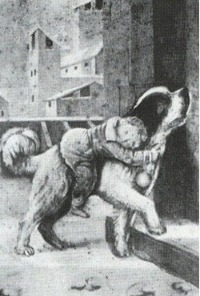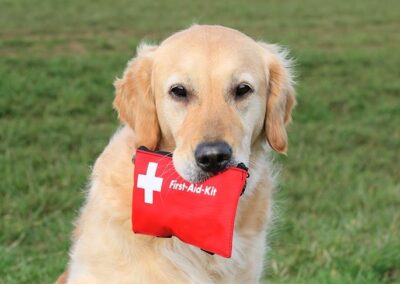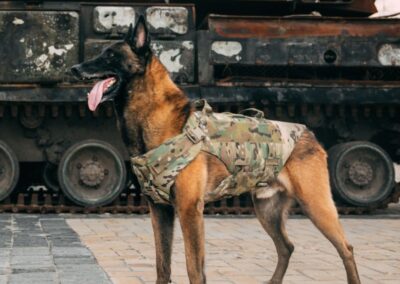In the heart of the Swiss Alps, where snow blankets the rugged terrain and avalanches pose constant threats, a remarkable dog named Barry became a beacon of hope. Born in 1800 at the Great St. Bernard Hospice, Barry, known as “Barry der Menschenretter” or “Barry the People Rescuer,” dedicated his life to saving travelers lost in the treacherous mountain pass connecting Switzerland and Italy.
Unlike the massive St. Bernards we envision today, Barry was smaller, weighing around 45 kilograms. His agility and keen sense of smell made him an invaluable asset to the monks of the hospice, who relied on these dogs to locate and assist stranded travelers. Over a 12-year career, Barry is credited with rescuing over 40 individuals, including a young boy whom he reportedly found in a snow cave, warmed, and carried to safety.
Legends abound about Barry’s heroics, including a tale where he was fatally stabbed by a soldier he was attempting to save, mistaken for a wolf. However, historical records clarify that Barry retired to Bern after his service, living out his final years peacefully before passing away in 1814.

Barry’s legacy endures. His preserved body is displayed at the Natural History Museum in Bern, and a monument stands in his honor at the Cimetière des Chiens near Paris. The tradition of St. Bernards carrying barrels of brandy around their necks, though likely apocryphal, is often associated with Barry’s mythos .
Today, Barry symbolizes unwavering dedication and the profound bond between humans and dogs. His story continues to inspire, reminding us of the extraordinary impact one loyal companion can have in the face of adversity.



